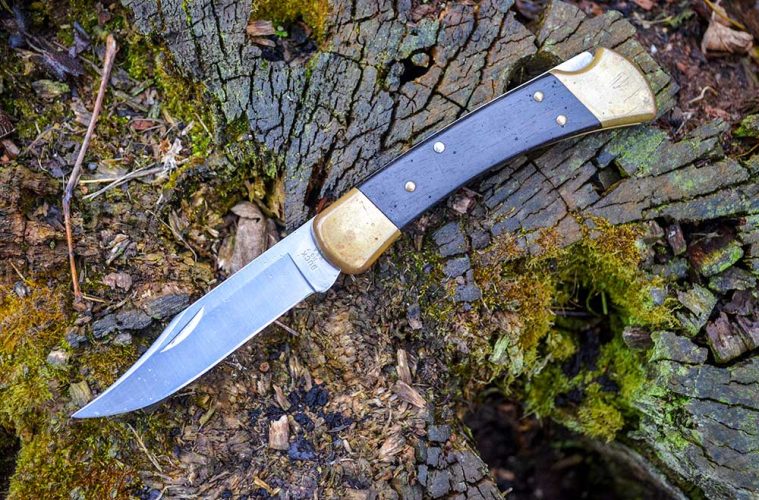For every kitchen professional, the tools of the trade are as essential as the skills themselves. Among these tools, knives reign supreme, serving as the extension of a chef's hand. However, not all knives are created equal, and the secret often lies in the details, particularly in the knife blade coatings. Understanding these coatings can make a significant difference in performance, longevity, and maintenance of kitchen knives.
Knife blade coatings are not merely aesthetic enhancements; they serve a functional purpose by enhancing the durability and efficiency of the blade. In this article, we will delve into the fascinating world of knife coatings, uncovering their benefits, types, and why they are crucial for any kitchen professional.

The Importance of Knife Blade Coatings
While a knife's sharpness is critical, its ability to maintain that sharpness over time without succumbing to rust or damage is equally important. This is where knife blade coatings come into play. Coatings can protect the metal from corrosion, reduce friction during cutting, and sometimes even enhance the knife's aesthetics.
For instance, some coatings can make the blade non-stick, which is invaluable when preparing food that tends to cling to surfaces. Others add to the blade's hardness, making it more resistant to scratches and wear. For kitchen professionals, this means a knife that not only performs better but also lasts longer, reducing the need for frequent replacements.
Types of Blade Coatings
There are several types of coatings used in knife manufacturing, each offering unique properties. Here are some of the most common:
1. Titanium Nitride (TiN)
Titanium Nitride is a popular coating due to its hardness and corrosion resistance. It gives the blade a distinctive gold color and significantly enhances its durability.
2. Diamond-Like Carbon (DLC)
DLC coatings provide exceptional hardness and wear resistance, making them ideal for heavy-duty kitchen knives. The coating also results in a sleek, black finish that adds a touch of elegance.
3. Teflon and Other Non-Stick Coatings
These coatings are perfect for knives used in food preparation as they prevent food from sticking to the blade. This makes cleaning easier and ensures smoother cuts.
Learn more about different types of knives and their uses at Carved.
Choosing the Right Knife Blade Coating for Your Needs
When selecting a knife for professional kitchen use, it is crucial to consider the type of coating in relation to the tasks you perform regularly. For example, if you frequently cut acidic foods, a coating that offers corrosion resistance would be beneficial. Alternatively, for cutting meats where friction reduction is essential, a non-stick coating might be the best choice.
Additionally, some coatings might affect the sharpness of the knife. It's essential to balance between edge retention and coating benefits to ensure optimal performance. Consider your specific needs and how different coatings can address them.
Maintenance of Coated Knives
Even the best coatings require proper care to maximize their lifespan. Always hand wash coated knives and avoid abrasive cleaning materials that could damage the coating. Regular honing and appropriate storage are also vital to maintaining the knife's edge and coating integrity.
For more tips on maintaining folding knives, check out this guide.
Conclusion
Understanding knife blade coatings is essential for any kitchen professional looking to optimize their tools' performance. By selecting the right coating, chefs can enhance their knives' durability, efficiency, and longevity, ensuring they remain sharp and reliable throughout their culinary journey.
Discover more about different blade grinds and their impact on performance in this article.

FAQs
What is the most durable knife blade coating?
Diamond-Like Carbon (DLC) is considered one of the most durable coatings due to its exceptional hardness and wear resistance.
Do coatings affect the sharpness of a knife?
While some coatings might slightly affect the knife's edge, most are designed to enhance durability without compromising sharpness.
How do I maintain my coated knives?
Hand wash coated knives, avoid abrasives, and regularly hone and store them properly to maintain their edge and coating.
This article contains affiliate links. We may earn a commission at no extra cost to you.


























